Choosing the right running shoes is essential for both performance and comfort. With so many brands, styles, and technologies available, it can be overwhelming to know where to start. In this guide, we’ll walk you through everything you need to consider when selecting the perfect pair of running shoes. Whether you’re a seasoned marathoner or a casual jogger, you’ll find valuable insights and recommendations to help you make the best choice.
Understanding Your Feet: The First Step in Picking Running Shoes
Before you even start looking at shoes, it’s crucial to understand your foot type, as it plays a significant role in how shoes fit and function.
Foot Types: A Quick Overview
Your feet can generally be categorized into three types: neutral, overpronated, and supinated. Each type requires different shoe characteristics to provide optimal support and comfort.
- Neutral: People with neutral pronation have a uniform distribution of weight across their feet. They can wear most types of shoes.
- Overpronated: This is when the foot rolls inward excessively during a stride. Stability shoes are best for this foot type.
- Supinated: Supinators tend to roll outward, often requiring cushioned shoes to absorb impact.
How to Determine Your Foot Type
One of the easiest ways to learn your foot type is through the “wet test.” Wet your foot and step on a piece of paper or cardboard. The imprint left will help you determine your arch type.
For a more accurate analysis, consider visiting a specialty running store for a gait analysis.
Assessing Your Running Needs
Next, consider your running habits and goals. Are you training for a marathon, or do you just enjoy occasional jogs in the park? Understanding your needs helps narrow down your options significantly.
Frequency and Distance of Running
If you run frequently, you’ll want shoes designed for durability and support. Casual runners might prioritize comfort without needing high-performance features. For instance, runners who log 30+ miles a week will benefit from a more cushioned and supportive shoe.
Terrain Considerations
The surface you run on—whether it’s road, trail, or track—determines the type of shoe you need. Trail shoes typically have more traction and stability features, while road shoes offer a lightweight design for speed.
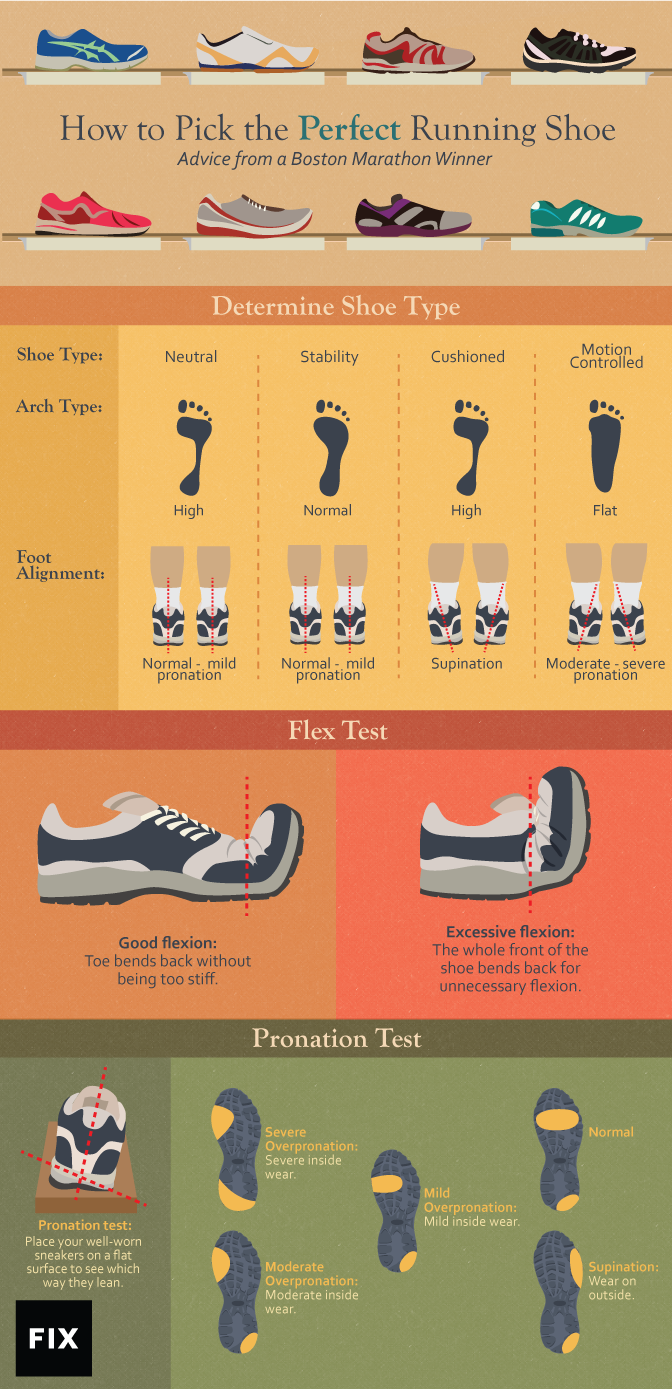
Exploring Shoe Features: What to Look For
Once you’ve determined your foot type and specific needs, it’s time to explore the features that running shoes offer.
Cushioning
Cushioning affects comfort and shock absorption. Shoes with more cushioning can reduce impact on your joints, making them ideal for long-distance runs. Conversely, minimalist shoes offer less cushioning and are preferred by runners who like to feel the ground beneath them.
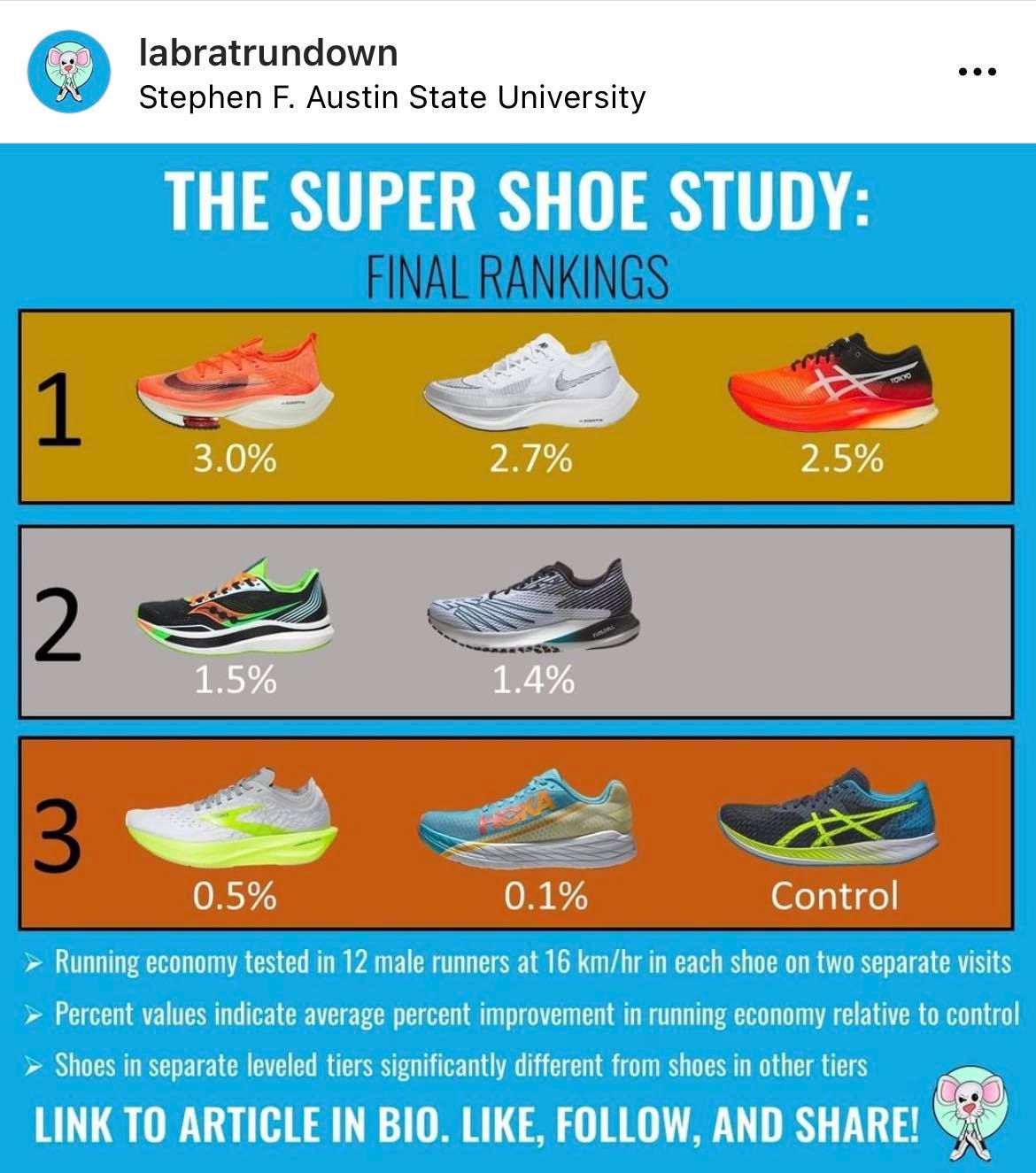
Fit and Sizing
Getting the right fit is crucial. Shoes should feel snug but not tight. It’s recommended to try shoes with the socks you’ll wear while running and to allow space for your toes to wiggle. The best time to try on running shoes is in the late afternoon when your feet are at their largest.
Popular Running Shoe Brands: A Brief Overview
There are several reputable brands on the market, each offering unique technologies and fits that cater to various types of runners.
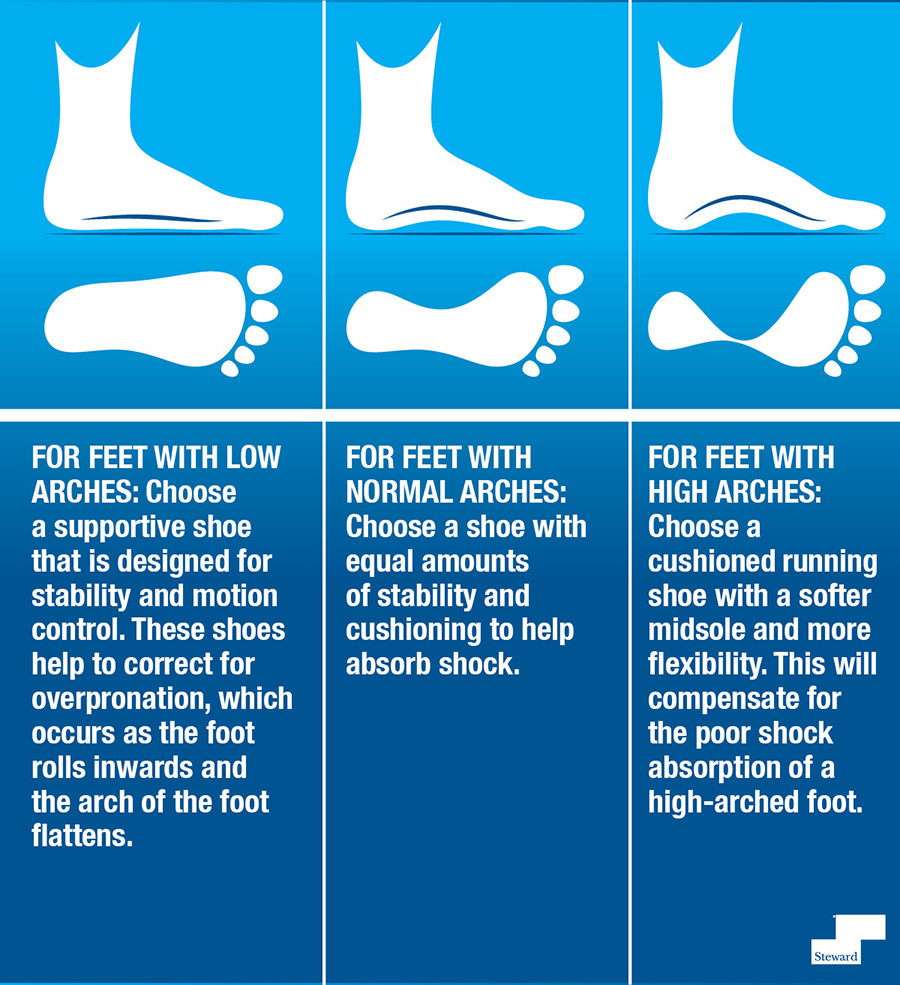
Key Brands to Consider
- Nike: Known for its innovative designs and technology such as Flyknit and Zoom Air cushioning.
- Adidas: Renowned for Boost technology that provides exceptional energy return and comfort.
- Brooks: Specializes in neutral and stability shoes tailored for road runners.
- Asics: Offers a wide range of shoes focusing on stability and cushioning for different foot types.
Comparing Running Shoes: A Side-by-Side Look
To help clear the confusion, here’s a comparison table of popular running shoes tailored for different types of runners.
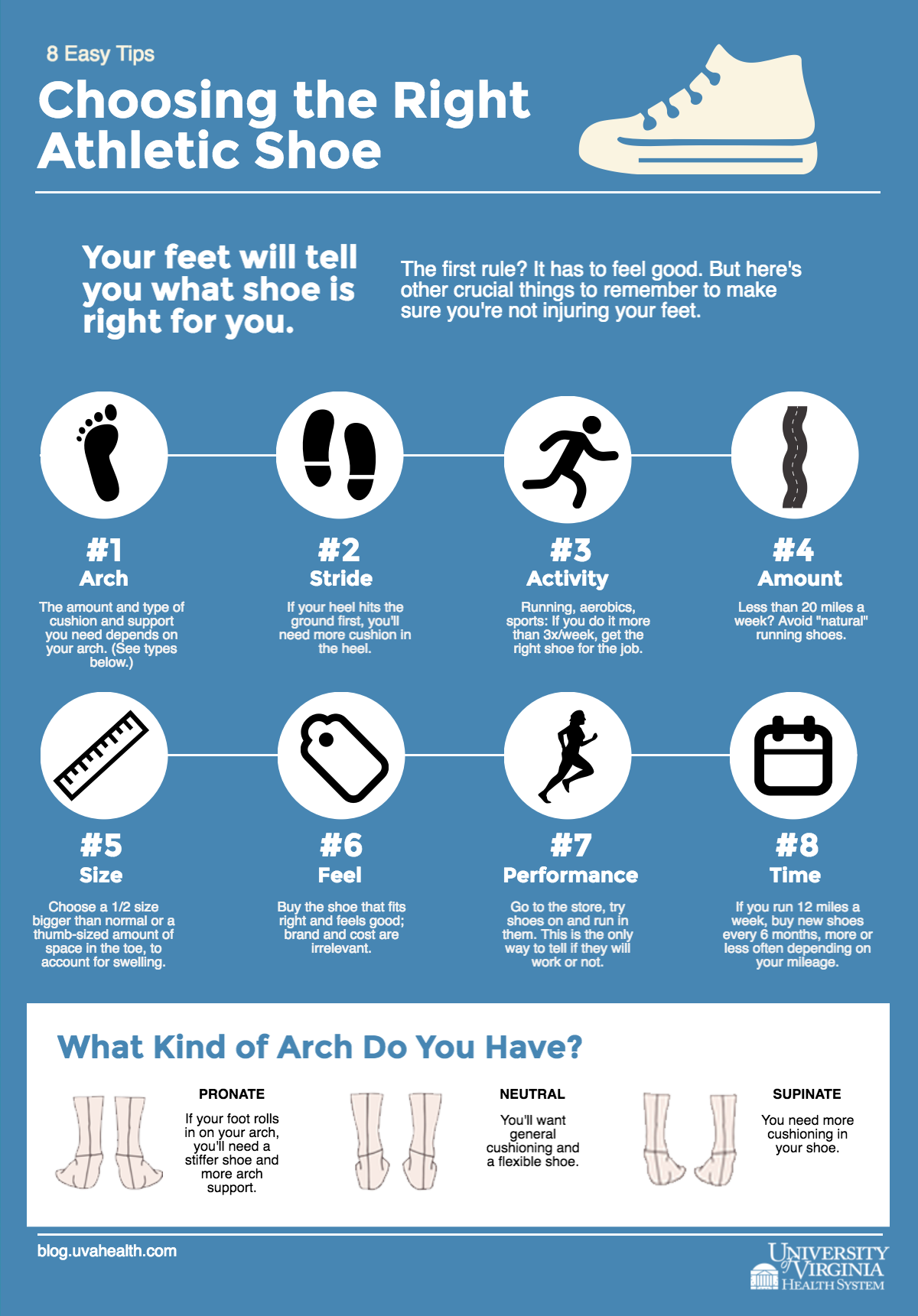
| Brand & Model | Type | Cushioning | Weight | Pros | Cons |
|---|---|---|---|---|---|
| Nike Air Zoom Pegasus 38 | Neutral | Moderate | 10.2 oz | Responsive, durable | Can run narrow |
| Brooks Adrenaline GTS 21 | Stability | High | 10.4 oz | Great support, smooth ride | Bulky for some runners |
| Hoka One One Bondi 7 | Cushioned | High | 10.7 oz | Excellent comfort, stylish | Heavy for some |
Real-World Footwear Experiences: Case Studies
Let’s dive into a few experiences from runners who’ve found their perfect fit after some trial and error.

Case Study 1: The Marathoner
Samantha, a marathon veteran, initially struggled with shin splints. After a personalized gait analysis at her local running store, she learned that she overpronated. Switching to the Brooks Adrenaline GTS 21 allowed her to complete her training without pain. She reported feeling more stable and found the cushioning provided the right amount of support.
Case Study 2: The Casual Jogger
Tom, an occasional jogger, often experienced discomfort after even short runs. He decided to invest in the Nike Air Zoom Pegasus 38 after reading reviews highlighting its comfort. He now enjoys his casual jogs in the park without the worry of hurting his feet.
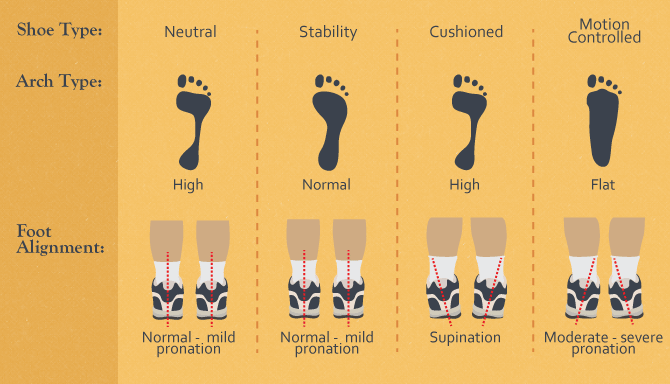
Expert Tips for Choosing Running Shoes
Here are some expert tips to ensure you make the best choice when buying your running shoes.
1. Don’t Rush the Process
Take your time when trying on shoes. Walk around the store, and if possible, take a short jog outside to gauge comfort.

2. Consider Your Running Form
Your running form affects the shoe you need. Video analysis can provide insights into whether you overpronate or underpronate.
3. Be Mindful of Your Budget
Quality running shoes can range from $100 to over $250. Prioritize fit and comfort rather than brand name, but be mindful of your budget as well.

Common FAQs About Picking Running Shoes
1. How often should I replace my running shoes?
Running shoes generally last between 300-500 miles, depending on usage and shoe type. Monitor the wear on the outsole and the cushioning feel.
2. Should I buy running shoes a size larger?
It’s often recommended to buy running shoes half a size larger to accommodate foot expansion during runs.
3. Can I use running shoes for everyday wear?
While you can wear running shoes casually, they’re designed for movement and may wear out faster if used for daily activities.
4. What’s the difference between men’s and women’s running shoes?
Women’s running shoes typically have a different last shape and cushioning distribution compared to men’s shoes, catering to biomechanical differences.
5. Do I need to break in my running shoes?
Not necessarily! Most modern running shoes are designed to be comfortable right out of the box. However, easing into longer runs is key.
6. What if my foot feels cramped in the shoe?
A cramped foot likely indicates that the shoe is too small or not the right fit for your foot type. Trying on a different size or brand is advisable.
7. Should I consider the season when picking shoes?
Seasonal weather can impact your choice. For example, trail shoes might be better in muddy or slippery conditions, while breathable shoes are ideal for summer runs.
8. Are more expensive running shoes worth it?
Higher-priced shoes often incorporate advanced technologies and better materials for support and durability, making them worth the investment for serious runners.
9. What role does the shoe weight play in performance?
Generally, lighter shoes enhance speed and performance but may sacrifice cushioning, so balancing weight and comfort is crucial.
10. Can I return running shoes if they don’t work out?
Many retailers offer return policies for unworn shoes. Always check the return policy before purchasing.
11. Where can I find reviews for running shoes?
Many reputable websites, forums, and running blogs provide detailed reviews and comparisons of running shoes. User testimonials on retailer websites can also be insightful.
In Conclusion: Your Journey to the Perfect Running Shoes
Choosing the right running shoes is essential not just for performance but also for overall enjoyment of the sport. By understanding your foot type, assessing your running needs, and exploring various shoe features, you’ll be well on your way to selecting a pair that fits perfectly. Remember, each runner is unique, so what works for one person may not necessarily be the best for another. Happy running!
Further Reading and References
For more information on running shoes, you can visit the following links: